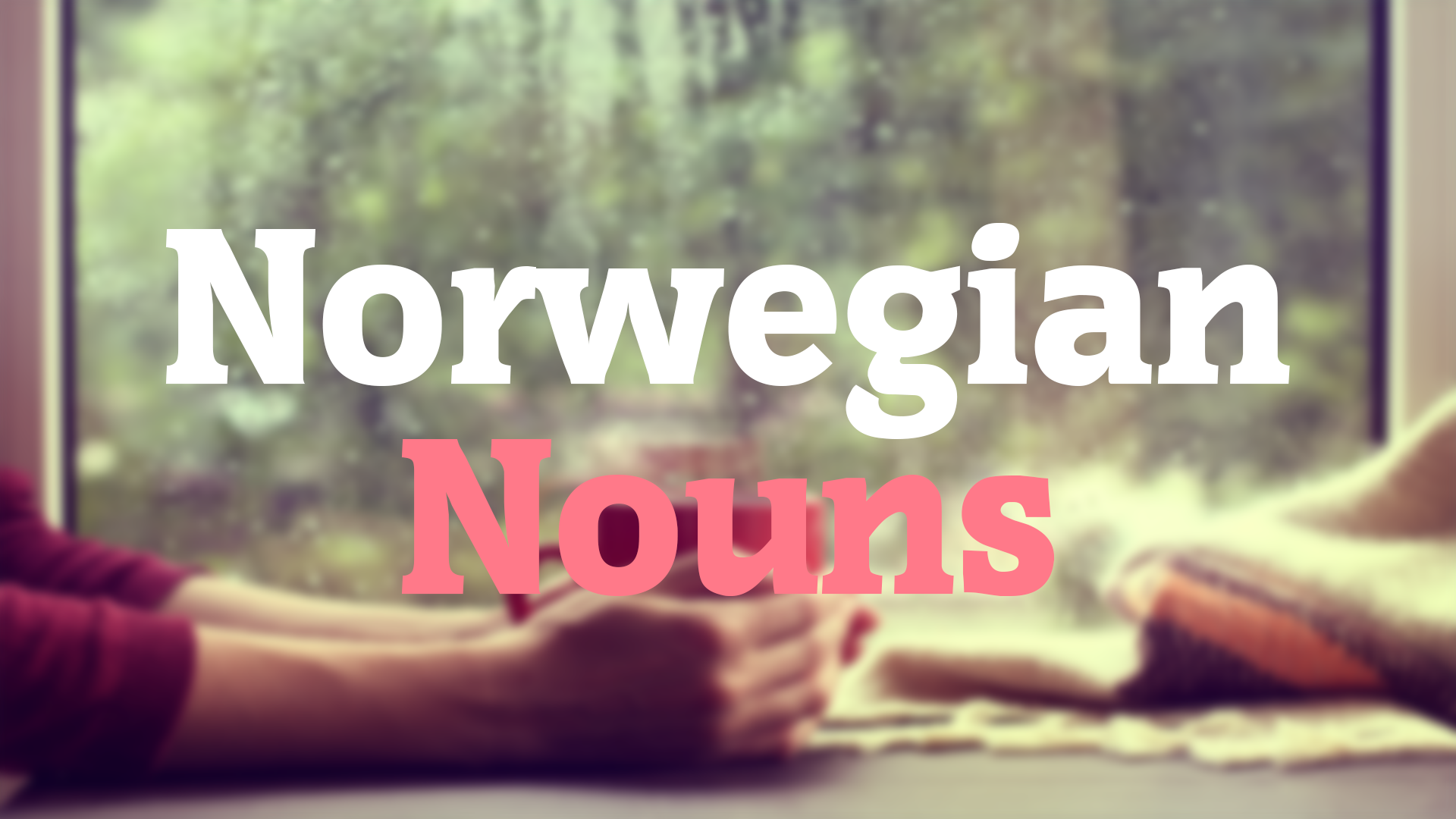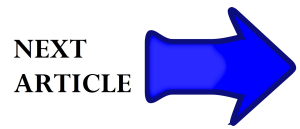Norwegian genders
This article shows you how to inflect Norwegian nouns. You have already learned how to conjugate Norwegian verbs, so it’s time to look at the inflection of Norwegian nouns. The inflection of nouns in the Norwegian language depends on which gender the noun is. There are three genders in the Norwegian language: masculine (hankjønn), feminine (hunkjønn) and neuter (intetkjønn). Let’s look at an example from each of the genders to see how they’re inflected.
[toc]
Video about Norwegian nouns
I have made a video about Norwegian nouns that you can watch if you are interested. Remember to turn on subtitles or check out the transcript here. Otherwise you will find all the necessary information in this article.
How to inflect Norwegian nouns that are masculine
| Indefinite (singular) | Definite (singular) | Indefinite (plural) | Definite (plural) |
| En hund | Hunden | Hunder | Hundene |
| A dog | The dog | Dogs | The dogs |
This example illustrates the general rule when it comes to conjugating Norwegian nouns that are masculine. You simply add the correct suffix depending on which form the noun is in. The table below shows these different suffixes.
| OVERVIEW | INDEFINITE FORM | DEFINITE FORM |
| SINGULAR | None | -en |
| PLURAL | -er | -ene |
How to inflect Norwegian nouns that are feminine
Example: Ei jente – jenta – jenter – jentene (=a girl – the girl – girls – the girls)
The rule on how to inflect a Norwegian noun that is feminine, is as followed:
Indefinite form, singular: – (none)
Definite form, singular: -a
Indefinite form, plural: -er
Definite form, plural: -ene
| OVERVIEW | INDEFINITE FORM | DEFINITE FORM |
| SINGULAR | None | -a |
| PLURAL | -er | -ene |
Note that you can also use the masculine indefinite article instead of using the feminine indefinite article (en instead of ei). It’s therefore correct to say for instance ei jente and en jente.
How to inflect Norwegian nouns that are neuter
3. Et hus – huset – hus – husene (= a house – the house – houses – the houses)
The way to inflect a Norwegian noun that is neuter, is like this:
Indefinite form, singular: – (none)
Definite form, singular: -et
Indefinite form, plural: – (none)
Definite form, plural: -ene
| OVERVIEW | INDEFINITE FORM | DEFINITE FORM |
| SINGULAR | None | -et |
| PLURAL | None | -ene |
Exceptions
Be aware of the fact that there are several exceptions when it comes to inflecting Norwegian nouns. In most instances the correct way is to inflect the noun according to its gender as described as above, but in order to master the Norwegian language you must learn the exceptions as well. On the positive side, the exceptions only have minor differences in inflection. Here are some examples of nouns that don’t follow the patterns above (the differences from the regular inflection have been emphasized):
Masculine
En politiker – politikeren – politikere – politikerne (=a politician – the politician – politicians – the politicians).
Many irregular masculine nouns follow this rule, for instance:
—-> En jeger – jegeren – jegere – jegerne (= a hunter – the hunter – hunters – the hunters).
Feminine
En/ei bok – boken/boka – bøker – bøkene (= a book – the book – books – the books).
There are many irregular nouns that follow this pattern with a shift of vowel in plural.
Other examples of feminine nouns that are inflected with a vowel shift are for instance:
—-> En/ei hånd – hånda – hender – hendene (= a hand – the hand – hands – the hands).
—-> En/ei strand – stranda – strender – strendene (= a beach – the beach – beaches – the beaches).
Neuter
Et tre – treet – trær – trærne (= a tree – the tree – trees – the trees).
As you can see, there can also be vowel shifts in Norwegian nouns that are neuter.
Conclusion
You have now learned that the inflection of Norwegian nouns depends on the gender of the noun. The nouns often follow a fixed pattern, but there are also several exceptions.
This is great! Now we know how to inflect Norwegian nouns and conjugate Norwegian verbs. Feel free to take a break or head over to the section for interactive exercises.
Are you ready to continue our adventure? I am! Let’s dive into more grammar and learn about Norwegian adjectives.

